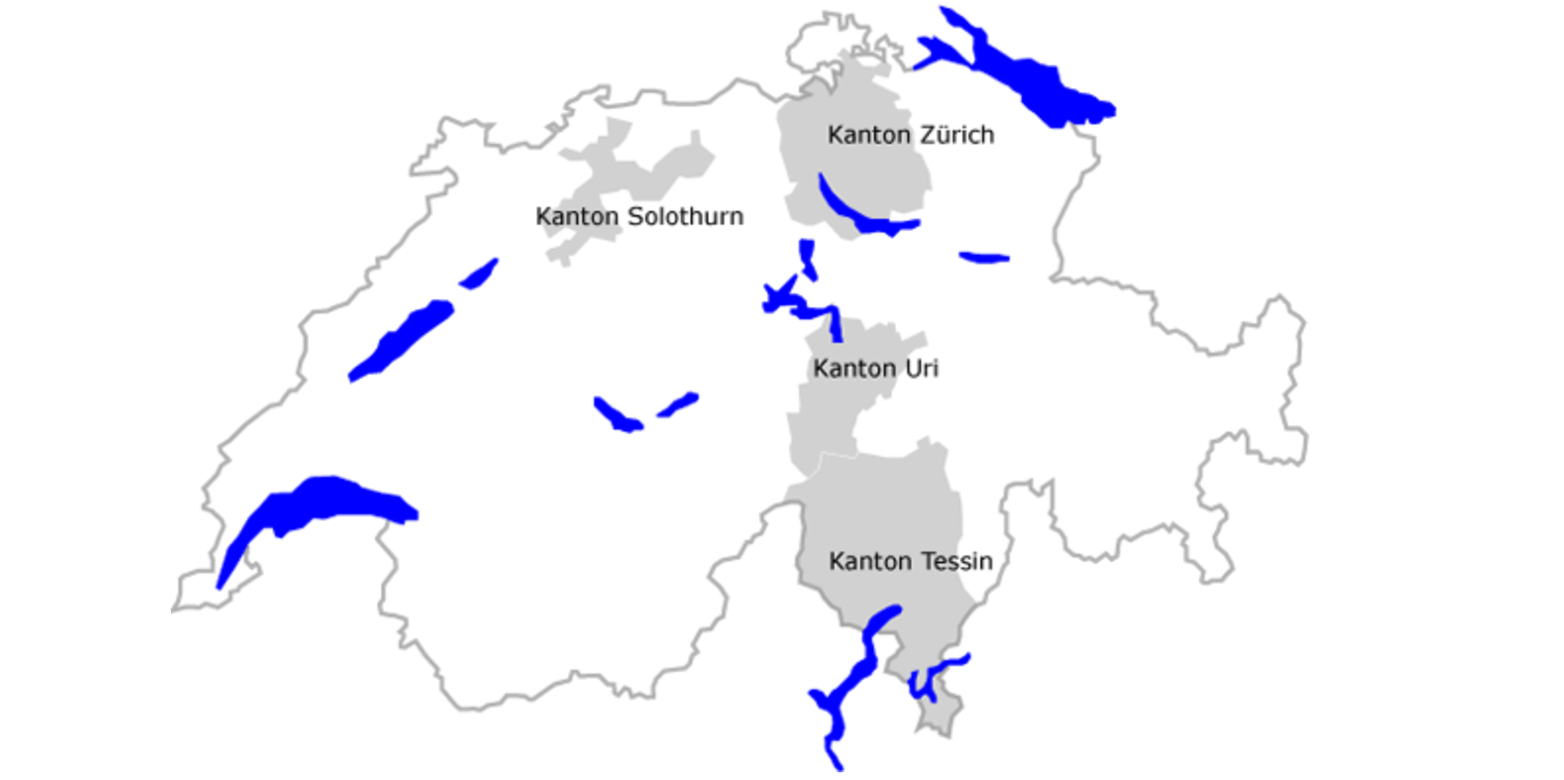Strategies for the sustainable development of single-family housing

How can single-family home residential districts be sustainably developed?
Background
Residential estates occupied by single-family homes are widely regarded as the main driver behind excessive land use, urban sprawl, energy waste and the rising traffic volumes in conurbations. However, broad sections of the population (at least at certain stages in life) clearly view houses, as opposed to apartments, as the ideal way to live. Hence, a decline in demand appears highly unlikely in the medium to long term. This raises the question as to how existing and future single-family residential estates may be better reconciled with the goals of sustainable urban development.
Objectives
The project will examine various scenarios in order to identify the potential offered by single-family homes with regard to predetermined objectives for sustainable urban development, and to evaluate this potential using specific assessment methods. The working hypothesis is that residential estates comprising single-family homes will generally be able to meet these goals by adopting additional functions (e.g. of an ecological nature), using existing infrastructure more efficiently, making greater allowance for shifting lifestyles and living habits, and adapting in line with a revised planning framework.
Methods
The research hypothesis is to be tested using the Zurich Oberland area. Characterized by spatial variety, a high degree of urbanization and land-intensive development, this region is typical of settlement patterns in Switzerland. The sustainability potential of developments of single-family homes will be investigated by modeling and comparing a range of possible future scenarios. This will allow conclusions to be drawn on the benefits and drawbacks of specific development strategies. The ascertained differences will be used to develop and formulate sustainability indicators. The adopted procedure will be interactive insofar as the general nature of the scenarios will reflect acknowledged existing sustainability criteria.
Significance
The research project sets out to pinpoint options – not available under the existing framework – for sustainable settlement development strategies that include single-family homes. It will also contribute to the evolution of sustainability assessment techniques. In addition, it will provide considerable impetus for tackling more general issues connected with spatial development in Switzerland.
2006 to 2008
Lead external
- Max Bosshard
Collaboration external
- external page Joris Van Wezemael
- Markus Kunz
- Stefan Kurath
- Christoph Luchsinger
- Urs Primas
- Thomas Weiss